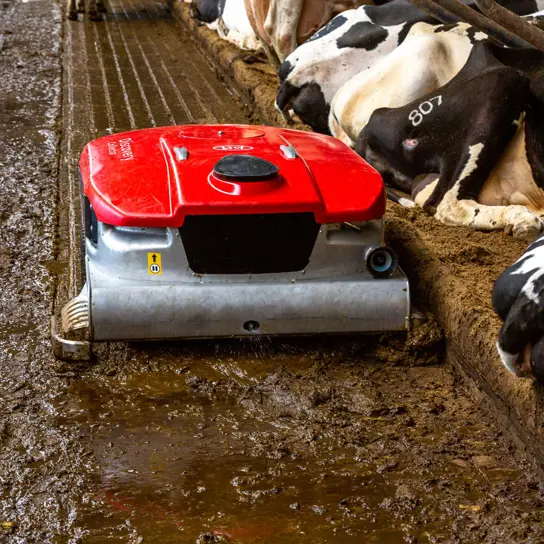Lely Center Waikato

Introduction
The milk and feed expert in your area
The specialist in dairy farm automation and sustainability in Waikato New Zealand. We provide purchase advice, optimisation, maintenance for your stable equipment.
Our employees
Meet the team!
Andy Snelgrove
My name is Andy Snelgrove and I’m delighted to introduce myself as the newly appointed Lely Center Manager for the Waikato region New Zealand.
I’m originally from the UK where I worked for GEA in the Dairy Farm Equipment division. During this time, I was responsible for dealer development in my region which included technical and sales support as well as product training and technical backup before emigrating to New Zealand to 2002. I continued my career with GEA in New Zealand as General Manager working closely with the Australian subsidiary. More recently, I managed an engineering and manufacturing business with a team of 40 staff members, distributing and supporting its products throughout the Asia Pacific region. Outside work I enjoy spending time with my family and enjoying the outdoors.
As Lely celebrates its 75th year in business, this is an exciting time to be joining the team and I look forward to meeting and working closely with you all and to helping grow the Lely brand whilst forging strong, long-lasting relationships with both new and existing customers in New Zealand.
If you would like to have an obligation free chat about Lely, its products, and how they can be of benefit to you and your farm, please don't hesitate to contact me
Paul Gilling
Viliame Loilagi
Josh Buist
Testimonials
Our customers
Who better to explain which udder care spray suits which situation best then our own farmers? Hear their story in these video's below.

Mauren, Liechtenstein
Martin Malen
One Lely Astronaut, one Lely Vector
It was my aim to make sure that the cows had 24-hour access to graze in the meadows. When it’s warm, they prefer to stay in the barn but when it’s cloudy they like to go outside. And that works perfectly with the milking robot.

Mt Gambier, Australia
Josh and Sam Clark
Four Lely Astronaut milking robots
The transition from the old dairy to the new dairy went surprisingly quick. First goal was teaching the cows to come from the pasture to the robot any time of the day and night. They took to it amazingly well. Also cow health is improved, particularly with lameness because they don’t have to wait anymore.

Hofmansgave farm, Denmark
Dennis Stentebjerg Hansen
Lely Astronaut A2 milking robots since 2001, switched to Astronaut A5 in 2018
What drives me in my dairy work is to develop this farm and to future-proof it. And to create a good place to work. We have to create some workplaces where we can attract skilled people to take care of the cows . The robots fit very well into that.
How can we help you?
If you have any questions about our services, maintenance, support or solutions, don’t hesitate to reach out! Our advisors are happy to provide skilled support and guidance in your farm optimisation process.




